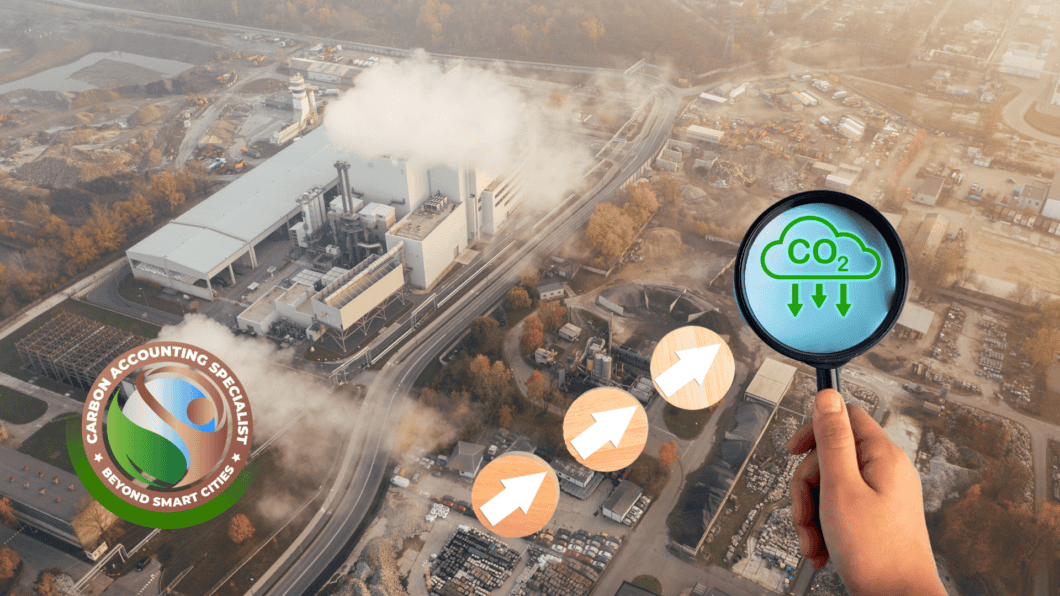Carbon Auditing Professional – CAP Exam Prep
COMING SOON….
- The Course Overview and Introduction
- Recognizing the Origins of Carbon Accounting
- Acquire knowledge of the fundamentals of carbon accounting.
- Learn more about the Kyoto Protocol and beyond.
- Professional certification for carbon auditing
- Learn about corporate GHG inventories’ business applications.
- Sample questions for the Carbon Auditing Professional Exam
- Description and Resources
Carbon Auditing Professionals’ Role
- Assist companies and organizations in reducing their carbon footprint.
- Understand the principles of the Paris climate agreement, the Kyoto Protocol, and other guidelines.
- Interpret current trends and legal requirements.
- Conduct carbon audits and emission inventories.
- Identify reduction opportunities.
- Set up a GHG emissions management program.
- Report carbon emissions in compliance with international standards.
- Structure financing and marketing to maximize project success.
The CAP Overview course provides the origins of carbon accounting, the fundamentals of carbon accounting, Kyoto Protocol and beyond, professional certification for carbon auditing, business applications of corporate GHG inventories, and AEE’s carbon auditing professional exam with 100 sample questions.
Other Related courses
Carbon Auditing Professional – CAP Exam Question Bank
 The Carbon Auditing Professional (CAP) Exam Question Bank consists of multiple-choice questions. The students will be able to assess their knowledge and ability to finish the exam with the required score by practicing 500 questions in five simulation exams to be completed in 4 hours each.
The Carbon Auditing Professional (CAP) Exam Question Bank consists of multiple-choice questions. The students will be able to assess their knowledge and ability to finish the exam with the required score by practicing 500 questions in five simulation exams to be completed in 4 hours each.
Learning Objectives
- Over 500 questions in 5 practice exams range from easy to hard to specialist.
- Understand each question and answer’s reasoning and related knowledge area to restudy or revise.
- Learn the GHG emissions management program, report carbon emissions according to international standards, and verify emissions. acronyms.
- Understand each question and answer’s reasoning and related knowledge area to restudy or revise.
- Recognize strategies and make smart choices.
- Experience the CAP exam.
- Consider the practice test part of your education.
- New CAP: 121+ Key Terminology Flash Cards!
- CAP_Engineering and HVAC Design Equations
Global Carbon Markets – Emissions Trading
This course provides instruction on the economic theory and practical implementation of cap-and-trade mechanisms designed to regulate greenhouse gas emissions through the use of market forces. Its objective is to comprehend the economic theory and implementation of these systems, as well as their climate change mitigation function.
Fundamentals of Organizational GHG Accounting
The Fundamentals of Organizational GHG Accounting program provides professionals with the knowledge and abilities necessary to assist businesses in their preparations for climate action. This includes the development of climate action plans (low emission development planning), climate adaptation plans, and greenhouse gas (GHG) emission inventories.



